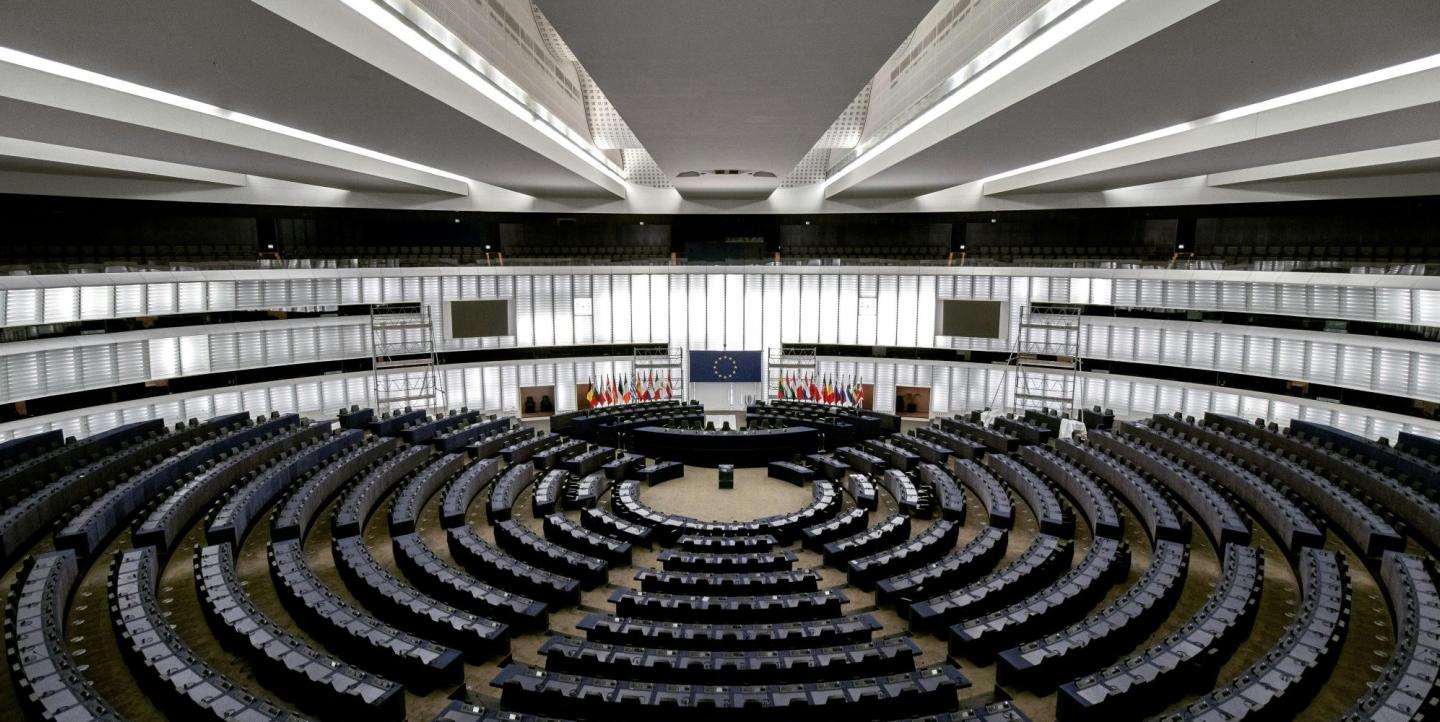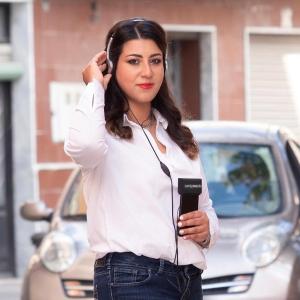In the recent European Union (EU) parliamentary elections, the center-right European People’s Party (EPP) held its position as the Parliament’s largest bloc amid gains made by far-right parties such as Alternative for Germany (AfD) and France’s National Rally. The rightward shift signals a potentially new direction for EU policy priorities.
To cover these developments, and the EU in general, accurately and incisively requires an understanding of its complex institutions, policies, and funding mechanisms. One of the world’s largest economic forces competing with the U.S. and China, the EU plays a crucial role in leading Europe and its neighbors. It’s critical, therefore, that journalists monitor its activities.
This guide provides an overview of the EU’s institutions, their roles, and their connections to one another to help journalists effectively cover EU affairs and better comprehend how and why decisions are made.
EU institutions
The EU is governed by many institutions located primarily in Brussels, its de facto capital. The European Council, the European Parliament, the European Commission, and the Council of the EU are a few that journalists should familiarize themselves with:
- The European Council, whose members include heads of the EU states, the president of the Commission and the Council’s own president, decides on political priorities and sets the EU’s overall direction. It also helps resolve issues stemming from lower levels of the government structure, develops foreign and security policy, and more.
- The Council of the EU – not to be confused with the European Council – represents the governments of the member states. In the Council, ministers from EU countries come together to pass laws, coordinate national policies, shape foreign and security policy, and approve the annual budget with the European Parliament.
- The Parliament is composed of 720 members (MEPs) representing all EU member states. Among its roles are to enact laws, approve the EU budget together with the Council of the EU, and conduct oversight of EU institutions.
- The Commission, currently headed by Ursula von der Leyen, proposes new laws and policies and monitors their implementation, manages the EU budget and negotiates international agreements on behalf of the EU, among other duties.
Policies, priorities and spending
The EU’s Cohesion Policy – its main investment strategy – helps inform many policy objectives. Upholding European solidarity, it seeks to reduce “economic, social and territorial disparities” that still exist within EU member states. It also supports job creation and economic growth, sustainable development, and more.
Every five years, the EU sets priorities that guide policy and spending. Aligned with the EU's political priorities from 2019, Cohesion policy funds support education, the environment, employment, innovation and more. Journalists can use the platform Kohesio to identify EU programs related to the cohesion policy.
Why certain countries receive funds from the EU, how the funds are spent, and the accounting mechanisms used are all stories reporters can cover. Journalists can track the following sources to obtain accurate information about the EU’s money:
- The Cohesion Open Data Platform is an open source that can provide numbers to answer these questions. Both the EU Commission and member states oversee programs whose finances can be found on the platform. Key programs include the European Regional Development Fund, European Social Fund, Cohesion Fund, common agricultural policy funds, and the Maritime and Fisheries Fund.
- Member states and other beneficiary countries report irregularities in spending of EU funds via the Irregularity Management System, managed by the European Anti-Fraud Office (OLAF). The public can report suspected misuse of funds via OLAF’s Fraud Notification System. OLAF also drafts the annual Protection of the Financial Interests report, which details the measures taken to counter fraud.
- Meanwhile, the European Public Prosecutor’s Office (EPPO), investigates and prosecutes offenses against the EU budget such as corruption, bribery, and misappropriation by public officials.
Covering the EU
Among the EU’s most consequential developments are its Parliament elections, and the subsequent changing of some representatives in EU bodies. The EU operates a portal for tracking the elections and their results. The portal also provides a direct contact for inquiries and more information.
Journalists in Brussels or Strasbourg can request accreditation from the Media Accreditation Center or directly register via JOUREG. Accreditation allows journalists to enter EU press zones, access some media services provided by the EU and physically attend events inside the EU’s headquarters. Journalists, whether on-site or located elsewhere, can find press contacts for the various EU bodies here.
The EU Parliament runs an audiovisual unit to provide live-streaming, and other updates and information. One of the unit’s services is Europe by Satellite, which journalists can visit to receive real-time updates and news from the EU.
To provide media coverage of EU Parliament activities or for interviews, broadcasters can access fully staffed state-of-the-art TV and radio studios in Brussels and Strasbourg, and camera and audio crews if needed. Make sure to book a studio in advance through the following email: avplanning@europarl.eu.
For archived material, journalists can contact media library officials at medialibrary@europarl.eu. which is an audiovisual library containing thousands of hours of historical footage, available to download on request.
EU media services
Local European journalists can participate in fully funded EUinMyRegion Media Trips to gain a better understanding of EU policy and funding. Meanwhile, the European News Media Forum is an annual conference that takes place in Brussels.
At the end of 2020, the EU launched a news initiative to look at the challenges facing the industry and provide a coherent response. It supports the media sector in five areas: protecting media freedom and pluralism, enhancing media resilience, supporting media innovation, stimulating public participation with media, and engaging with the media sector. The EU also provides grants to support media, including pilot projects and preparatory actions, Creative Europe and Horizon Europe.
Keep an eye on the EU funding opportunities for the news media sector page, which publishes EU calls for funding and ongoing projects for journalists. Journalists can also contact the Creative Europe Desk in whichever EU country they intend to apply to a grant or project from.
Photo by Frederic Köberl on Unsplash.


